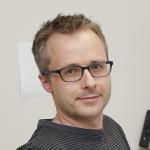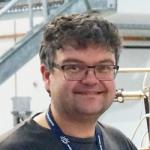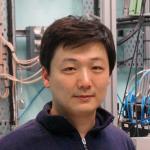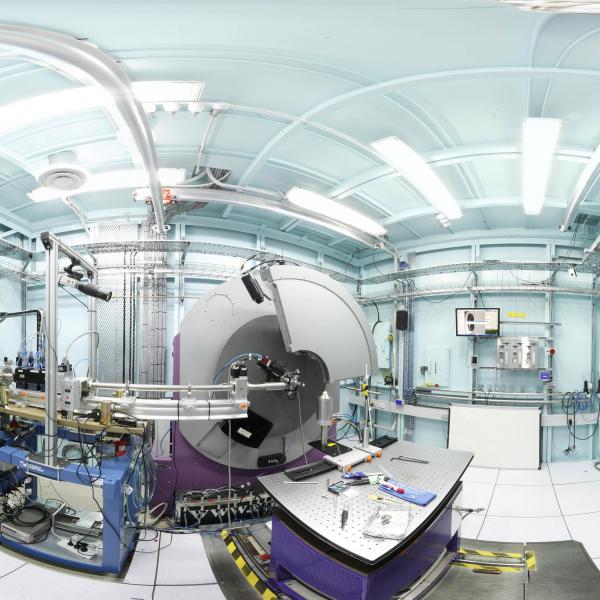

Published on the 4th April 2024 by ANSTO Staff
Key Points
-
An advanced nanocomposite electrocatalyst for lithium-sulfur batteries may be capable of being charged in less than five minutes, instead of several hours
-
University of Adelaide researchers used carbon material and cobalt-zinc (CoZn) clusters to improve performance
-
Synchrotron techniques revealed insights into the speed and chemistry of a crucial chemical reaction, the sulphur redox reaction (SRR)
New research published in the journal Nature Nanotechnology shows that the next generation of lithium-sulphur (Li||S) batteries may be capable of being charged in less than five minutes, instead of several hours as is currently the case.
The University of Adelaide’s Professor Shizhang Qiao, Chair of Nanotechnology, and Director, Centre for Materials in Energy and Catalysis, at the School of Chemical Engineering, led a team who examined the sulphur reduction reaction (SRR) which is the pivotal process governing the charge-discharge rate of Li||S batteries.
Experiments at the Australian Synchrotron using the soft X-ray spectroscopy and powder diffraction beamlines supported the study.
“We investigated various carbon-based transition metal electrocatalysts, including iron, cobalt, nickel, copper and zinc during the SRR,” said Professor Qiao who is an ARC Australian Laureate Fellow.
“Reaction rates increased with higher polysulphide concentrations, as polysulphide serves as the reactive intermediate during SRR.”
The team designed a nanocomposite electrocatalyst, comprising a carbon material and cobalt-zinc (CoZn) clusters.
“When the electrocatalyst CoZn is used in lithium-sulphur batteries, the resulting battery achieves an exceptional power-to-weight ratio of 26120 W kgS-1,” said Professor Qiao.
“Our research shows a significant advancement, enabling lithium-sulphur batteries to achieve full charge/discharge in less than five minutes.”
Australian Synchrotron beamline scientists, including Dr Bernt Johannessen, Dr Anton Tadich and Dr Qinfen Gu, assisted the investigators in gaining an understanding how the speed and chemistry of a crucial chemical reaction, the sulphur redox reaction (SRR), affected overall performance.
Experiments confirmed that the concentration of polysulfides in the electrolyte depends on the occupation of electron orbitals, or “electronic structure”, within the catalyst, which can be directly probed by synchrotron-specific spectroscopic techniques
By adjusting the electronic structure of the catalyst, they were able to enhance the SRR reaction speed.
Dr Bernt Johannessen, a Senior Scientist at the XAS Beamline, has collaborated with the Qiao Group for several years and works closely with many of its students. He conducted preliminary measurements for the publication.
"Advanced synchrotron techniques have proven increasingly essential tools in determining the mechanisms governing catalytic and energy storage systems. Particularly the PD, XAS, and SXR beamlines frequently appear as complementary techniques in journal publications. Our beamlines can accommodate in-situ catalytic measurements, fast scanning rates, and dilute systems,” commented Dr Johannessen.
Current state-of-the-art lithium-sulphur batteries suffer from low charge-discharge rates, typically requiring several hours—typically from one to 10 hours for a single full charge-discharge cycle.
“Our breakthrough has the potential to revolutionise energy storage technologies and advance the development of high-performance battery systems for various applications,” said Professor Qiao.
High-power lithium-sulphur batteries are used in various devices such as mobile phones, laptops, and electric vehicles.
Adapted from content provided by the University of Adelaide






